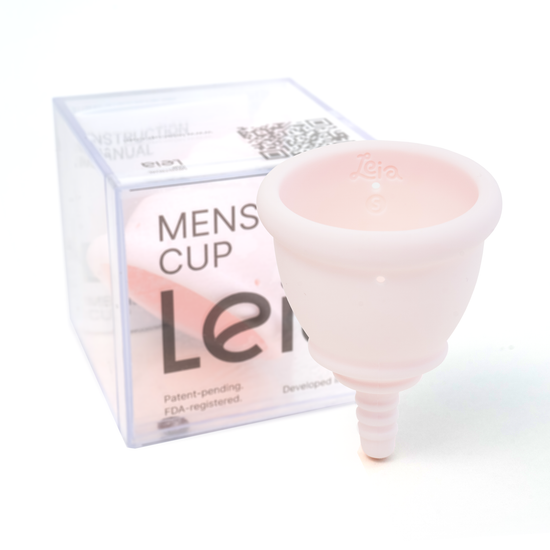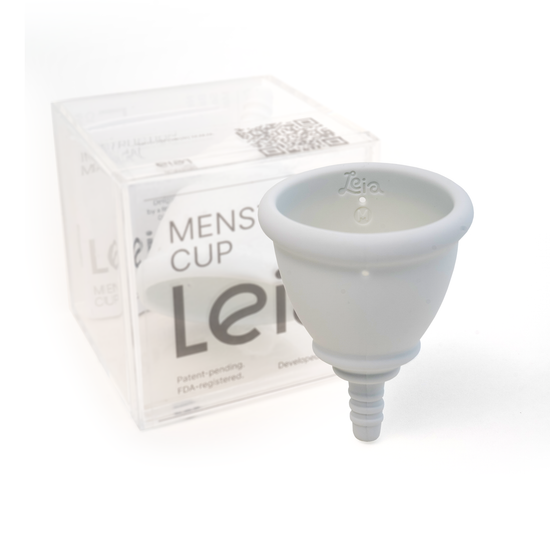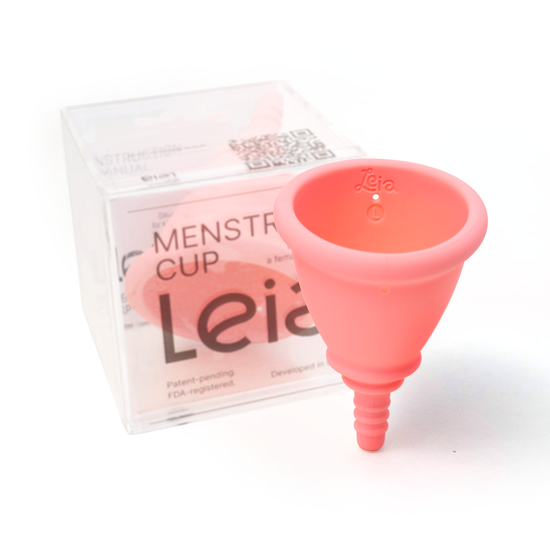
The Ultimate Guide to Using Menstrual Cups for a Low Cervix
If you've ever felt that your menstrual cup doesn't quite fit as it should, you might need to consider the position of your cervix. The cervix's position can vary between individuals, and even for the same person, it can shift throughout the menstrual cycle. This article aims to explore the unique issues faced by individuals with a low cervix when selecting and using menstrual cups, providing a wealth of information, tips, and strategies to overcome these challenges.
Understanding Your Cervix
The cervix is the lower part of the uterus that opens into the vagina. Its position isn't static; it changes with your menstrual cycle, often lowering during menstruation. For some people, the cervix sits closer to the vaginal opening than others, which is referred to as a low cervix. The position of your cervix can impact how comfortable you feel when using menstrual products, including menstrual cups.
If you have a low cervix, you might experience discomfort or complications when using standard menstrual products. But don't worry, there's a wide variety of menstrual products designed to accommodate different bodies, including menstrual cups specifically designed for a low cervix.
Selecting Menstrual Cups for a Low Cervix
Selecting the best menstrual cups for a low cervix can be an intimidating task, but understanding your body and knowing the right cup attributes can simplify this process. Here's what you should consider:
- Size: Menstrual cups for a low cervix tend to be shorter in length. Since the cervix will take up some room in the cup, you may want to go for a wider cup that can hold the same volume as a taller cup.
- Shape: Cups that are bell-shaped or have a flared rim can often fit better because they conform to the vaginal space effectively.
- Firmness: Some people find a softer cup more comfortable, but this can vary. Your daily activities, pelvic floor strength, and personal comfort preference should guide your choice.
- Capacity: Depending on your flow, you might want a cup with higher capacity. Despite being shorter, many cups designed for a low cervix still offer excellent capacity.
Take, for instance, Maria's case from our portfolio. Maria struggled for years with discomfort and leakages from using standard menstrual cups. Her life changed when she learned about her low cervix and switched to a specially designed menstrual cup for a low cervix. Maria found the smaller, softer cup much more comfortable, and her issues with leaks disappeared.
Implementing Low Cervix Menstrual Cup UsageTransitioning to low cervix menstrual cup can seem challenging, but we've gathered key tips to guide you:
- Proper Insertion: Unlike tampons, menstrual cups should be inserted horizontally towards the tailbone. Make sure the cup is fully open and seated below the cervix.
- Checking the Seal: After insertion, check the seal by running a finger around the base of the cup. It should feel round or oval and not have any noticeable folds.
- Removal: Squatting can make removing the cup easier. Break the seal by pinching the base of the cup, not just pulling the stem, to prevent discomfort.
- Cleaning and Maintenance: Always clean your cup with mild, perfume-free soap, and store it in a breathable pouch when not in use.
- Trial and Error: Don't be discouraged if the first cup you try isn't perfect. You might need to try a few before you find the right one.
FAQs About Menstrual Cups and a Low Cervix
- What is a low cervix?
- A low cervix refers to a cervix that sits closer to the vaginal opening. This can vary among individuals and change throughout the menstrual cycle.
- Why does a low cervix matter when choosing a menstrual cup?
- The position of the cervix affects the fit and comfort of a menstrual cup. If the cervix is lower, it can take up more space in the vagina, requiring a shorter or differently shaped cup for optimal comfort.
- How do I know if I have a low cervix?
- You can measure your cervix height using clean fingers. It's best to measure at several points throughout your cycle, as cervix height can fluctuate. If you can reach your cervix with your finger inserted to the second knuckle or less, you may have a low cervix.
- Can I use a regular menstrual cup if I have a low cervix?
- Yes, but it might not be the most comfortable or effective choice. Cups designed specifically for a low cervix are often more suitable.
- What are the best menstrual cups for a low cervix?
- There are several menstrual cups on the market designed for a low cervix, including Cup A, Cup B, and Cup C. Each has unique features, so it may take some trial and error to find the best one for you.
- How do I insert a menstrual cup with a low cervix?
- You should insert a menstrual cup horizontally towards the tailbone. Make sure the cup is fully open and situated below the cervix.
- Are menstrual cups for a low cervix comfortable?
- Yes. Many people with a low cervix find that these specific cups are more comfortable than traditional cups. They are designed to fit properly, reducing the risk of discomfort or leakage.
- Are menstrual cups for a low cervix safe?
- Yes, menstrual cups designed for a low cervix are safe. They are made from medical-grade materials like silicone, latex, or elastomer.
- How do I clean a menstrual cup for a low cervix?
- Clean your menstrual cup with warm water and a gentle, fragrance-free soap. Rinse it well, and let it air dry before storing it in a breathable pouch.
- How do you measure your cervix height?
- You can measure your cervix height by using your fingers. It’s best to do this at several times throughout your cycle as cervix height can change. Read here.
Conclusion
Having a low cervix doesn't mean that you can't use menstrual cups. It just means you might need to do a little more research to find the right one. Keep in mind that everyone is different, and what works for one person might not work for another. Comfort and reliability should be your guiding principles in choosing the best menstrual cup for a low cervix.
Remember, patience and a willingness to experiment can go a long way in your journey to finding the perfect fit. You're not alone in this journey, and resources like this guide are here to help you navigate the path to comfort and convenience.
And if haven't already tried our Leia Menstrual Cup for low cervix, do it now.



